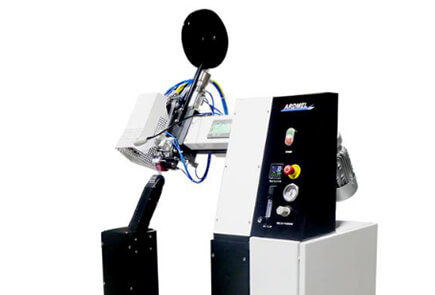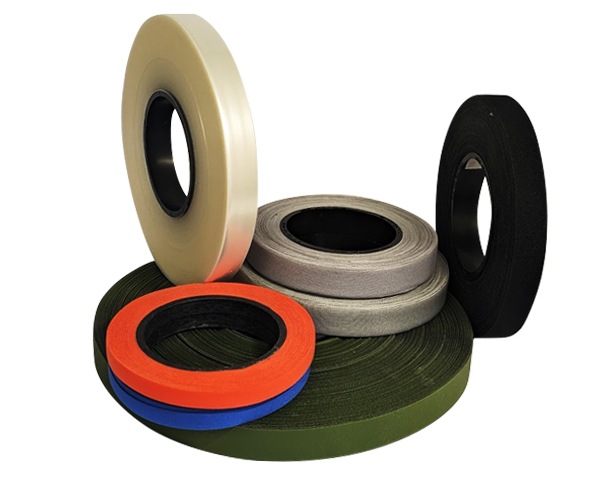What is a Seam Sealer? : Ultimate Guide
Seam sealers are indispensable in industries ranging from construction to automotive. These versatile materials are the unsung heroes that seal seams, joints, and gaps, offering crucial protection against water, air, dust, and other environmental threats. In this article, we’ll uncover the secrets behind what is a seam sealer, explore their uses, types, and benefits, and discover why they’re essential for durability and performance.
What Are Seam Sealers Used For?
Seam sealers are adhesive substances that work like magic to fill and protect seams in various materials. They create an impenetrable barrier, preventing water, air, dust, and other contaminants from sneaking in. You’ll find them in everything from skyscrapers and cars to tents and raincoats. Seam sealers come in an array of forms, liquids, pastes, tapes, and sprays, crafted from materials like silicone, polyurethane, acrylic, and butyl rubber.
What Does Seam Sealing Accomplish?
Seam sealing isn’t just about plugging gaps; it’s about ensuring the longevity and integrity of products. When applied, a seam sealer creates a shield that defends against leaks and other unwanted intrusions. Whether it’s in a high-rise building, a sleek sports car, or rugged camping gear, seam sealing boosts durability and functionality, making it a cornerstone of quality manufacturing.

Types of Seam Sealers
Liquid Seam Sealers:
Ideal for detail-oriented tasks, these sealers are applied with a brush or applicator. They shine in automotive and construction settings where precision is key. Fun fact: some advanced liquid sealers can even be colour-matched to blend seamlessly with the material!
Tape Seam Sealers:
These are the go-to for quick, efficient application. Adhesive-backed tapes are perfect for outdoor gear and apparel, offering flexibility and waterproofing. Think of them as the duct tape of the outdoor world, essential and versatile!
Spray Seam Sealers:
When you need even coverage over large areas, spray sealers are your best friend. Often used in automotive undercoating, they provide a protective layer that combats rust and corrosion, keeping vehicles looking and performing their best.
Caulk-Type Seam Sealers:
Applied with a caulking gun, these sealers are excellent for filling large gaps and joints in construction projects. They offer robust protection against water ingress, preventing potential structural issues.

Applications of Seam Sealers
Automotive Sector:
In cars, seam sealers are the unsung heroes that keep water and air out, reducing the risk of rust and corrosion. They seal joints, like where the roof meets the body panels and around doors and windows. This not only prevents damage but also helps minimize road noise, making your ride quieter and more comfortable.
Construction:
Buildings rely on seam sealers to protect against the elements. They seal joints in materials like metal, concrete, and wood, making them indispensable in waterproofing applications. Without seam sealers, the elements could easily breach these barriers, leading to mould, mildew, and structural damage.
Outdoor Equipment:
For outdoor enthusiasts, seam sealers are a must-have. They make gear like tents, tarps, and rainwear water-resistant, ensuring you stay dry even in the most torrential downpours. This protection isn’t just a convenience, it’s a game-changer for safety and comfort.
Marine Use:
In the harsh marine environment, seam sealers provide a critical waterproof barrier for boats and ships. They protect against saltwater and other corrosive elements, extending the life of these vessels.

Benefits of Seam Sealers
Seam sealers offer a range of benefits that make them indispensable. For starters, they create a watertight barrier, crucial for preventing leaks and water damage. This is not just a matter of convenience; it can save thousands of dollars in repairs. Additionally, by sealing gaps and joints, they keep out moisture and air, which can lead to corrosion in metal structures. This is especially important in automotive and marine applications, where rust can compromise safety.
But there’s more! Seam sealers also enhance the durability of products and structures by shielding them from environmental factors. They can even improve aesthetics, providing a smooth, finished appearance that hides imperfections. Plus, in buildings and vehicles, seam sealers play a crucial role in energy efficiency. By preventing air leaks, they help maintain a stable indoor environment, reducing heating and cooling costs.
How Does Seam Sealing Differ From Seam Taping?
While seam sealing and seam taping both aim to block leaks and other intrusions, they do so in different ways. Seam sealing involves applying a liquid or paste directly to the seam, which then hardens to form a custom-fitted barrier. This method is great for irregular shapes and hard-to-reach areas. On the other hand, seam taping involves using a pre-formed adhesive tape, offering a quick, uniform solution that’s perfect for straight seams and large-scale applications. The choice between the two often depends on the specific needs of the project, whether flexibility, durability, or speed is the priority.
Conclusion
Seam sealers are the unsung champions of various industries, providing essential protection against water, air, and other environmental threats. Whether you’re building a skyscraper, manufacturing a car, or setting up camp, seam sealers enhance durability, prevent damage, and improve overall performance. As technology continues to advance, seam sealers are becoming even more efficient and versatile, proving that sometimes, the smallest details make the biggest difference.
